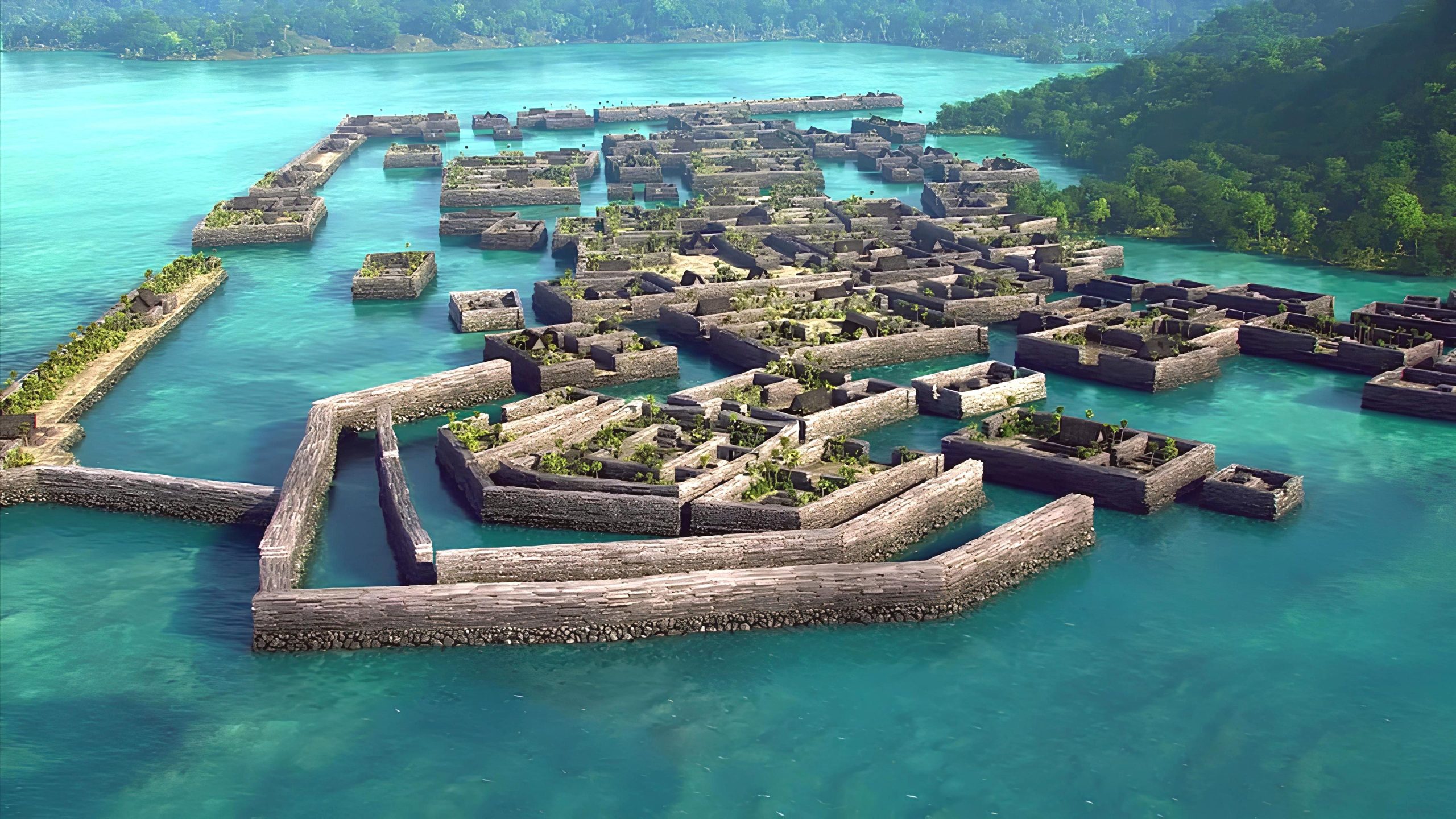
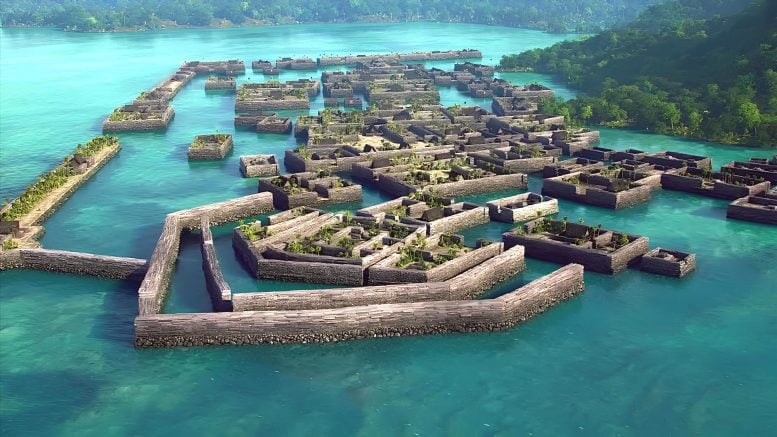
Nan Madol’s earlier construction dates align with climate-induced sea level changes, influencing both its development and decline, and offering lessons for today’s coastal management.
A new study provides revised dates for the construction of an ancient site in the Pacific, revealing that they correlate with sea level rise and El Niño-Southern Oscillation (ENSO) variability. The site, Nan Madol, is a monumental complex, built from stone and coral rubble on the Pacific Island of Pohnpei. Nan Madol was the administrative and cultural center of the Saudeleur Dynasty. The exact dates of construction had been unclear, obscuring possible links between the history of the site and climactic changes.
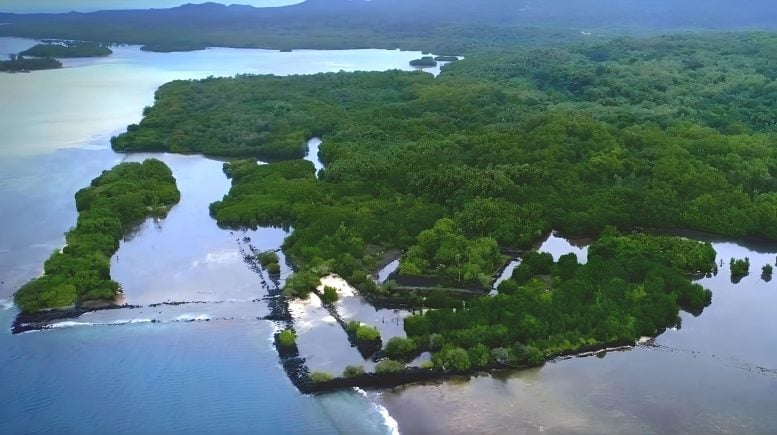
Advanced Dating Techniques Uncover Earlier Construction Phases
To refine the site’s chronology, Chuan-Chou Shen and colleagues used uranium-thorium dating for 167 coral samples and carbon dating for 18 charcoal samples. The dates reveal two major construction phases: the first from the 10th–12th centuries and the second from the late 12th to the early 15th century. These dates are centuries earlier than previous estimates.
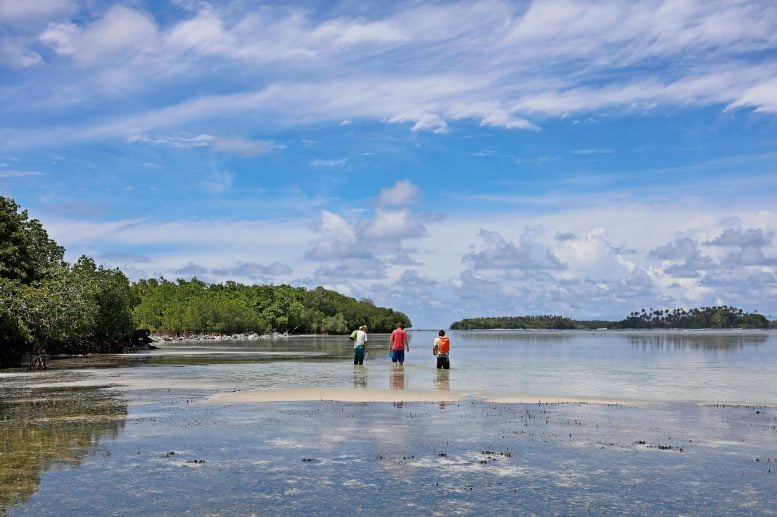
The authors link the history of the site to variations in the ENSO that can elevate regional sea level by up to 30 cm during La Niña events, as well as subsidence-related sea level rise. The authors estimate that the sea rose from -126 cm at CE 800 to -90 cm at CE 1180 and -70 cm by 1380.
Taking into account silt deposits, some channels were submerged under seawater up to 70 cm at middle tide and water likely breached the site’s seawall—prompting major repairs and new construction. The end of the second period of work presaged the fall of the dynasty that ruled Pohnpei, the Saudeleurs.
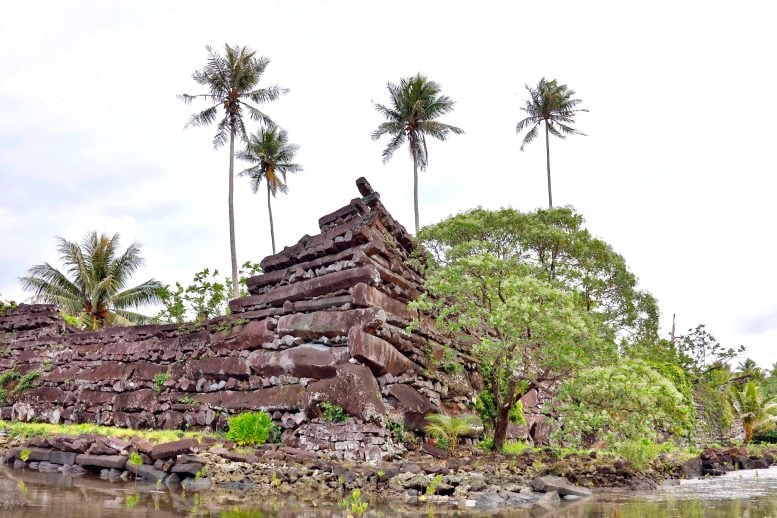
Historical Lessons and Modern Implications
The study draws lessons from the history of Nan Madol, noting that the inhabitants of Pohnpei found themselves in a cycle of repair and increasing investment in coastal protection—a trend that may have contributed to the overthrow of the Saudeleurs. According to the authors, the story of Nan Madol is a warning for today’s Pacific Ocean communities.
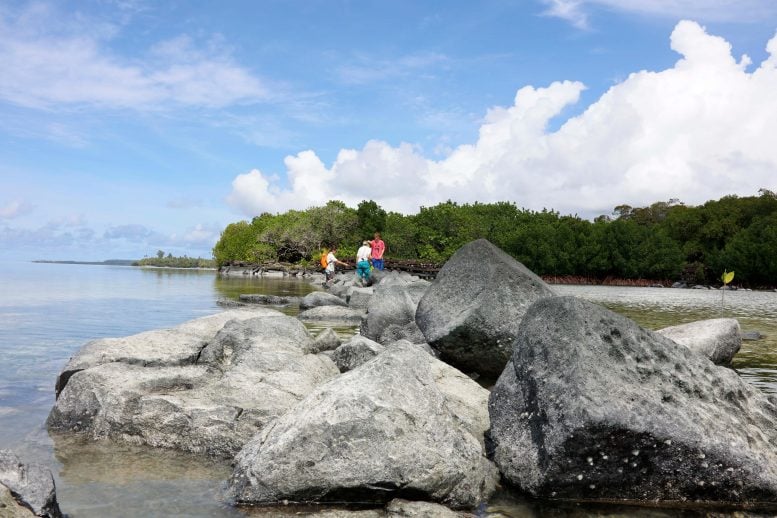
Reference: “Links between climatic histories and the rise and fall of a Pacific chiefdom” by Chuan-Chou Shen, Felicia Beardsley, Shou-Yeh Gong, Osamu Kataoka, Minoru Yoneda, Yusuke Yokoyama, Hsun-Ming Hu, Chun-Yuan Huang, Sze-Chieh Liu, Hong-Wei Chiang, Hsin-Lin Wei, Yun-Chuan Chung, Leilei Jiang, Albert Yu-Min Lin, James Fox, Mordain David, Jason Lebehn, Jason Barnabas, Gus Kohler, Zoe T Richards, Jean-Paul A Hobbs and Mark D McCoy, 1 October 2024, PNAS Nexus.
DOI: 10.1093/pnasnexus/pgae399